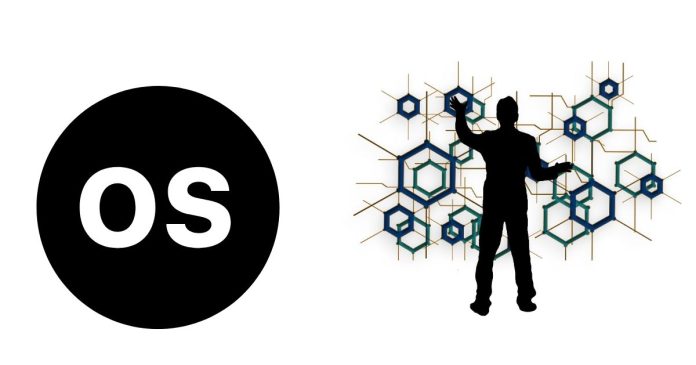In the world of operating systems, resource management is a critical component to ensure smooth performance. One of the common issues that can severely impact system performance is thrashing. Thrashing occurs when an operating system spends a significant amount of time swapping data between main memory and disk, rather than executing processes. This blog will explore what thrashing is, its causes, effects, and methods to mitigate it.
What is Thrashing?
Thrashing refers to a state where the operating system is overwhelmed with page swapping, leaving little time to execute actual processes. This situation arises in virtual memory systems when the system’s working set size (the set of pages actively used by processes) exceeds the available physical memory.
As a result, the system continually moves data between the RAM and the disk (through paging or swapping), leading to excessive I/O operations and a significant drop in performance.
Causes of Thrashing
- Insufficient Physical Memory: When there is not enough physical memory to hold the working set of active processes, the system resorts to frequent paging.
- Overloaded Multi-Programming: Running too many processes simultaneously can cause the working sets to compete for limited memory.
- Large Working Sets: Processes with large working sets require more memory, leading to frequent page faults and swapping.
- Poor Memory Management Algorithms: Inefficient algorithms for page replacement can exacerbate thrashing by evicting frequently used pages.
Effects of Thrashing
- Performance Degradation: Thrashing drastically reduces system performance because most CPU cycles are spent on paging rather than executing processes.
- Increased Latency: Processes take longer to complete due to constant I/O operations.
- System Instability: In severe cases, thrashing can make the system unresponsive or cause it to crash.
- Wasted Resources: Disk and CPU resources are wasted on unnecessary operations, reducing efficiency.
Detection of Thrashing
Thrashing can be identified by monitoring:
- High Page Fault Rate: A sharp increase in page faults indicates excessive swapping.
- Low CPU Utilization: The CPU remains idle because processes spend most of their time waiting for paging to complete.
How to Prevent or Mitigate Thrashing
- Adjust the Degree of Multi-Programming:
Reducing the number of active processes can help maintain the working set within the available physical memory. - Use Efficient Page Replacement Algorithms:
Algorithms like Least Recently Used (LRU) or Optimal Page Replacement can minimize unnecessary page replacements. - Implement Working Set Model:
The working set model tracks the set of pages each process actively uses and ensures enough memory is allocated to maintain these pages. - Increase Physical Memory:
Adding more RAM can reduce the need for swapping, alleviating thrashing. - Use Thrashing Detection and Control:
Modern operating systems can detect thrashing and adjust process priorities or suspend some processes to restore stability.
Conclusion
Thrashing is a critical issue that can cripple system performance if not addressed promptly. Understanding its causes and implementing strategies to mitigate it, such as optimizing memory management and monitoring system resources, is vital for maintaining an efficient and responsive operating system. By staying vigilant and adopting best practices, system administrators and developers can minimize the occurrence of thrashing and ensure smooth operations.


